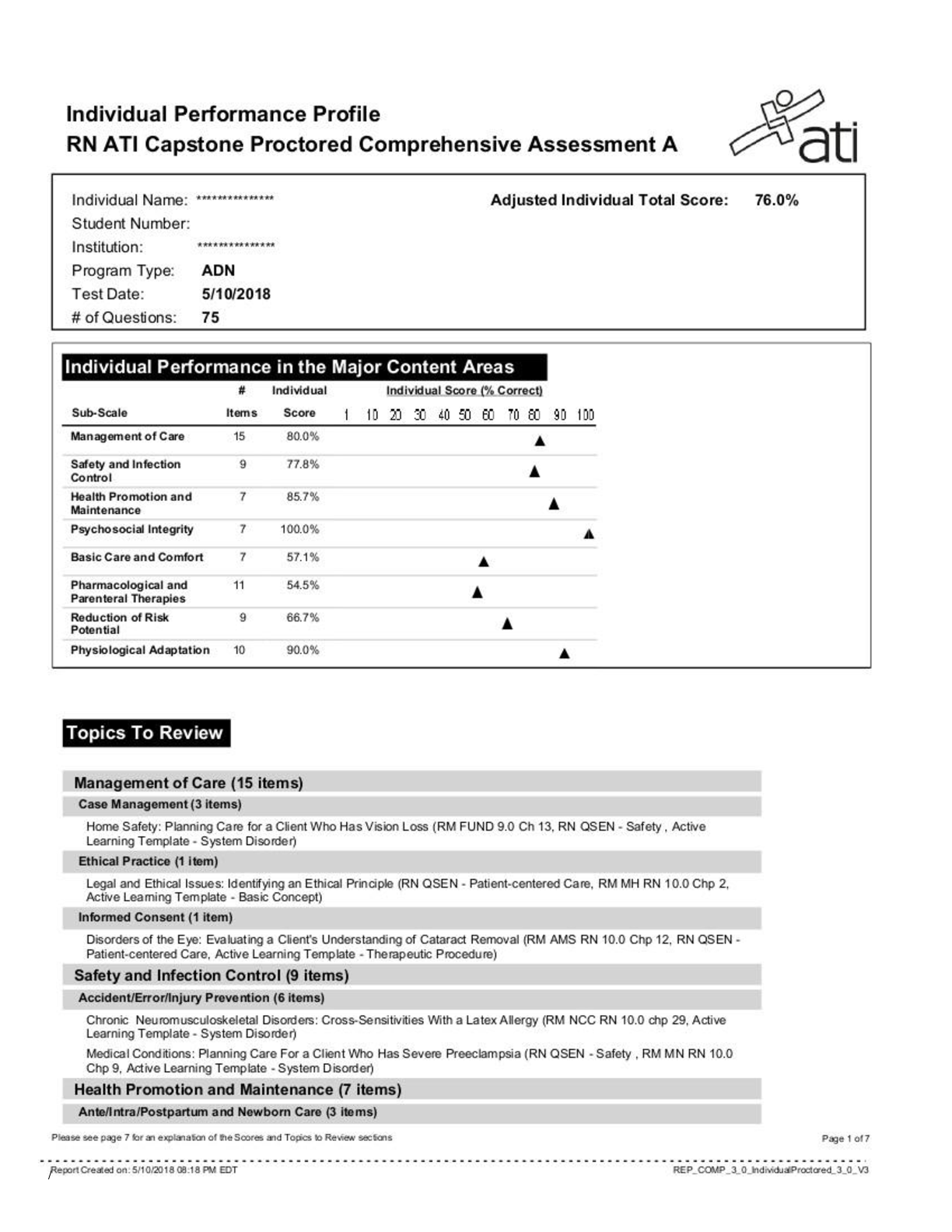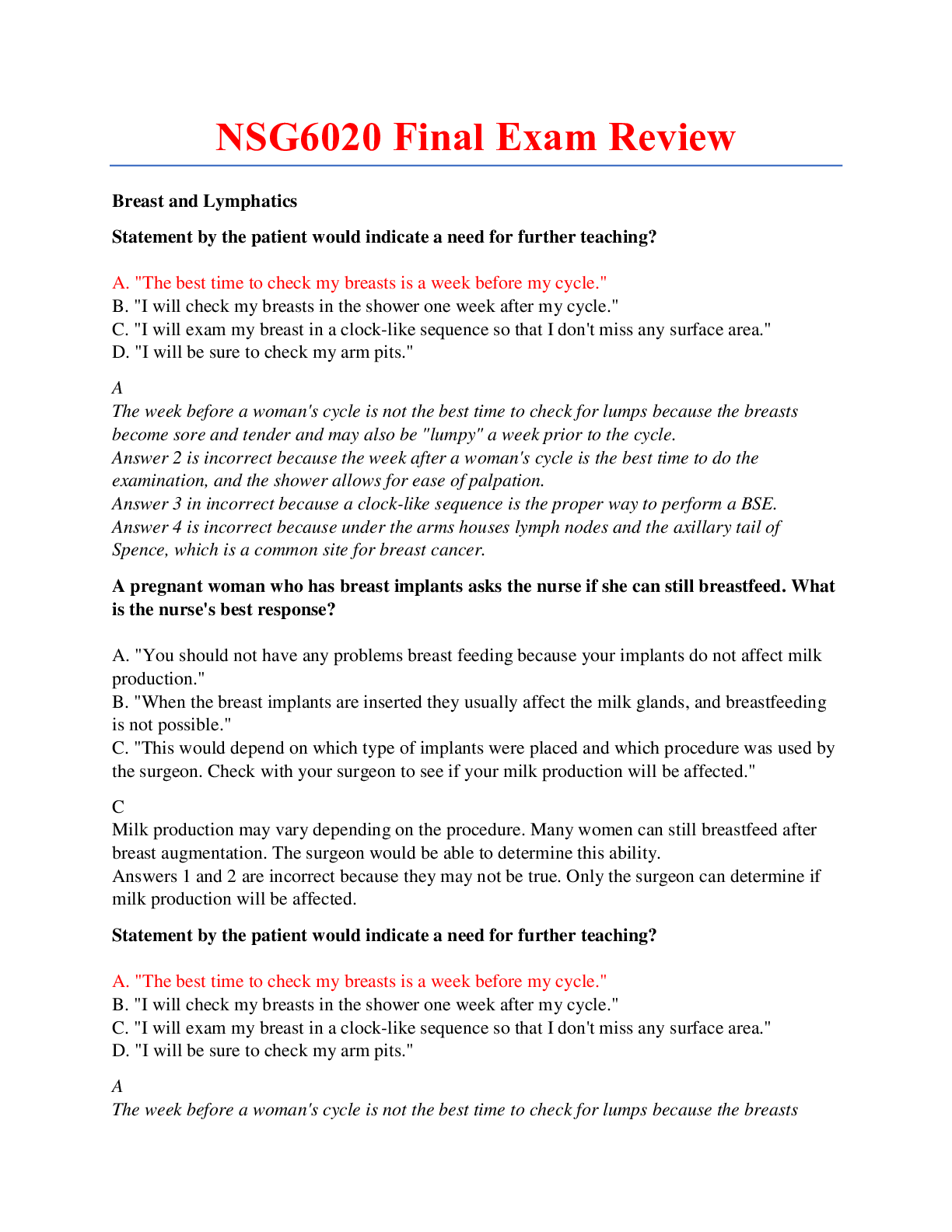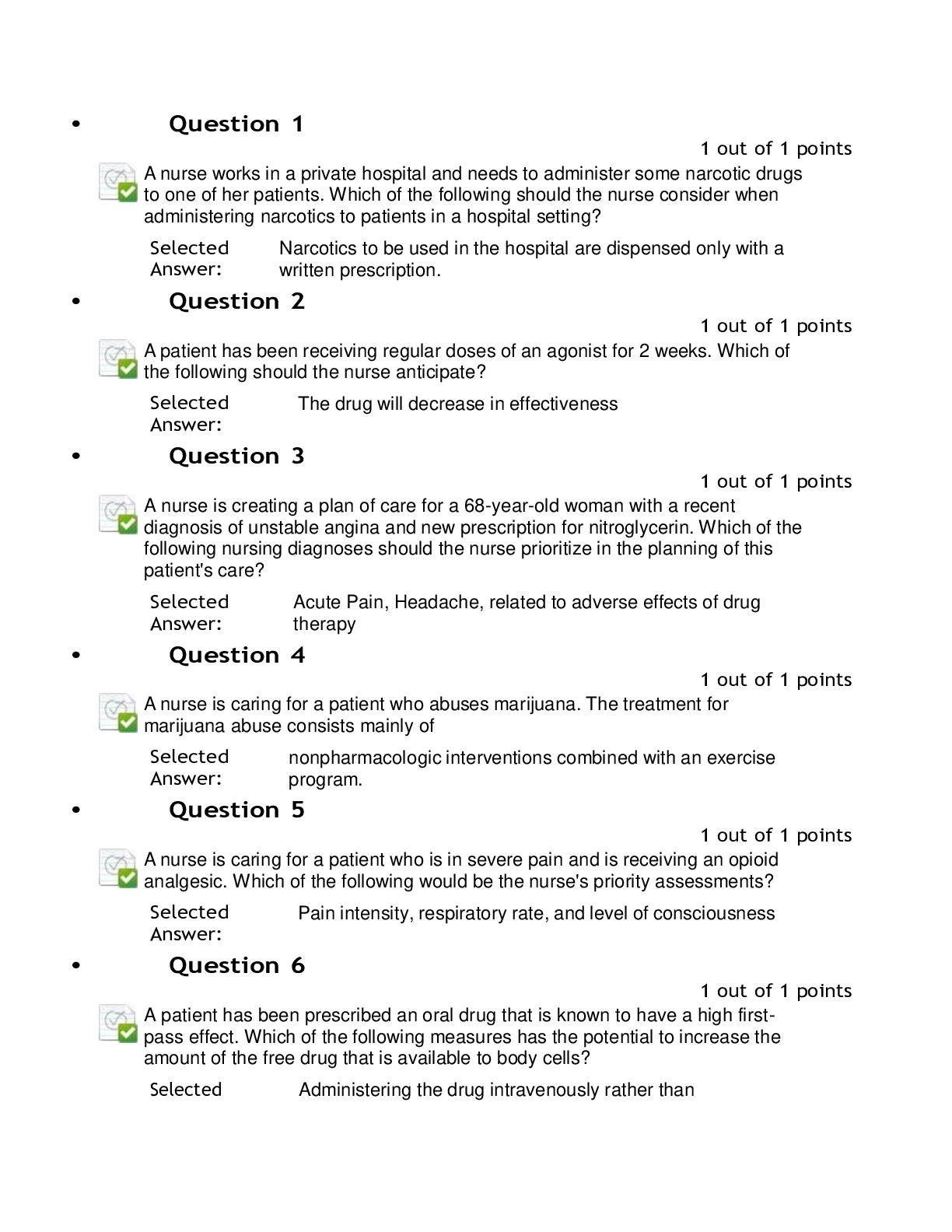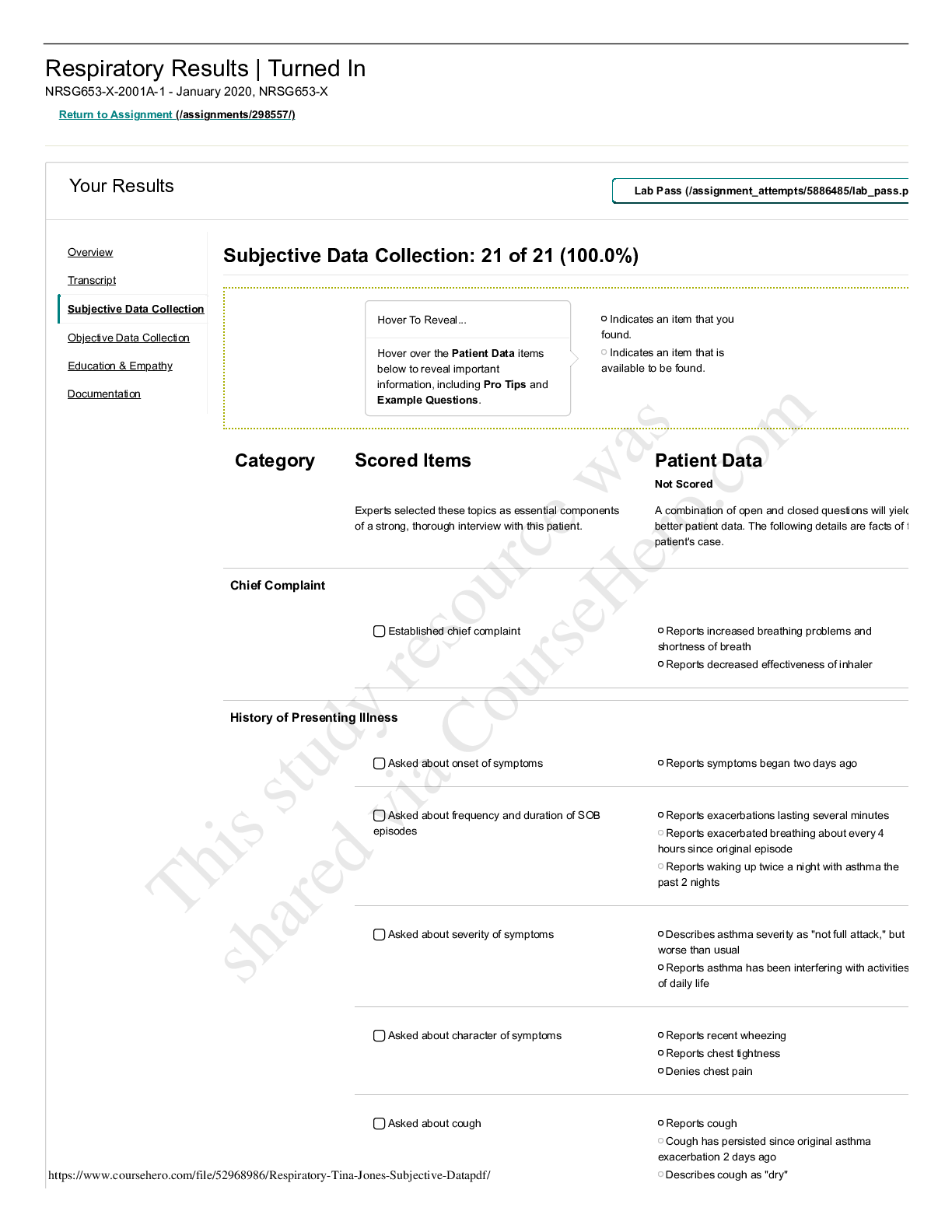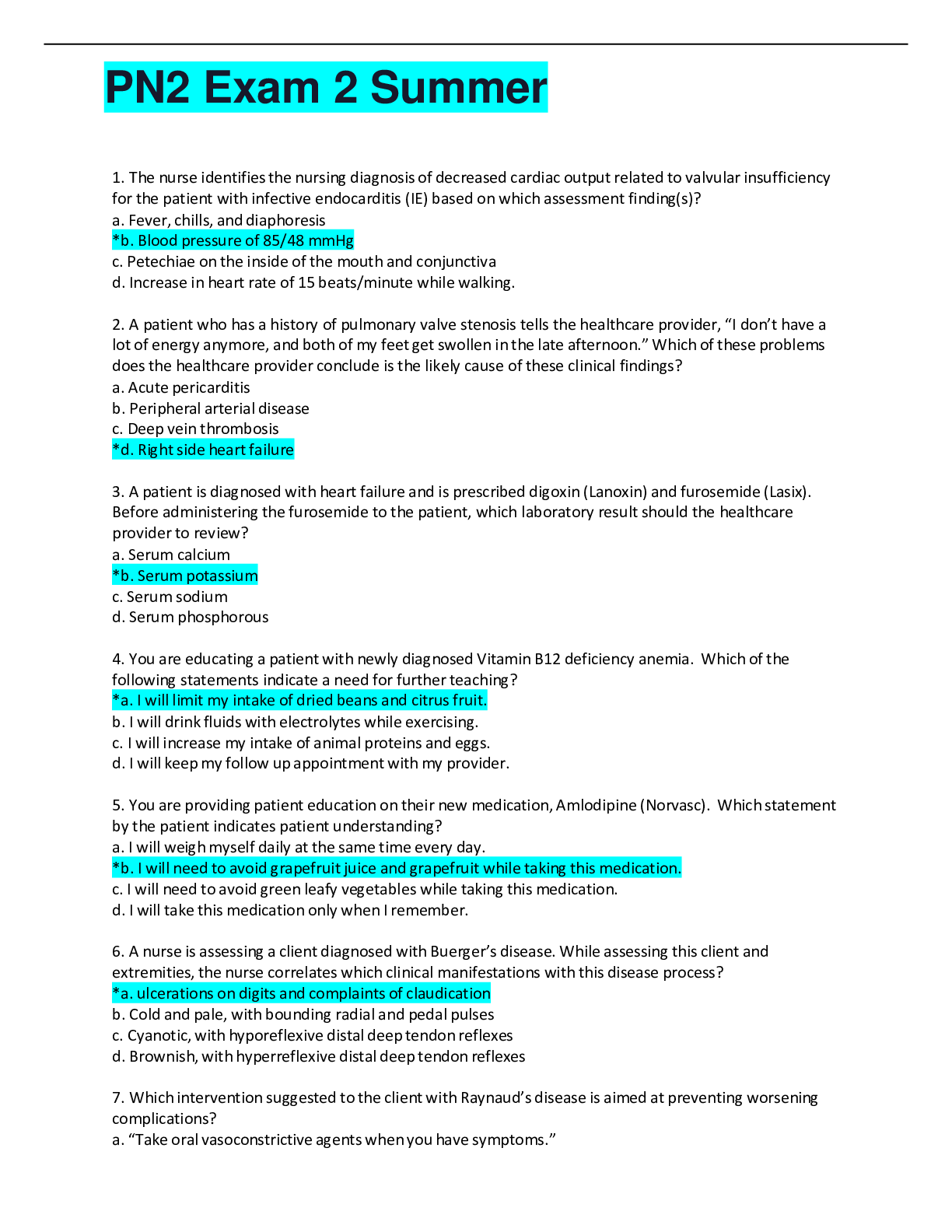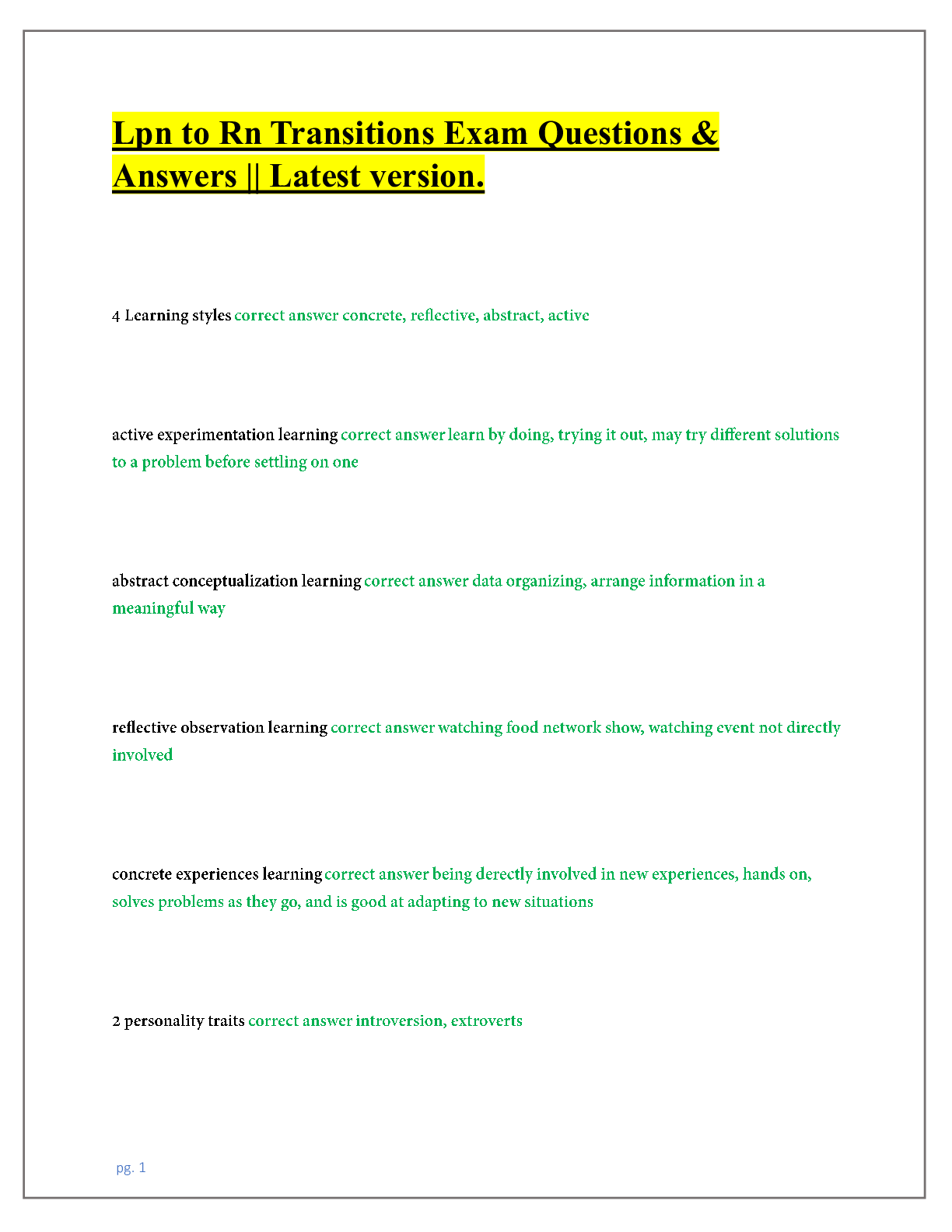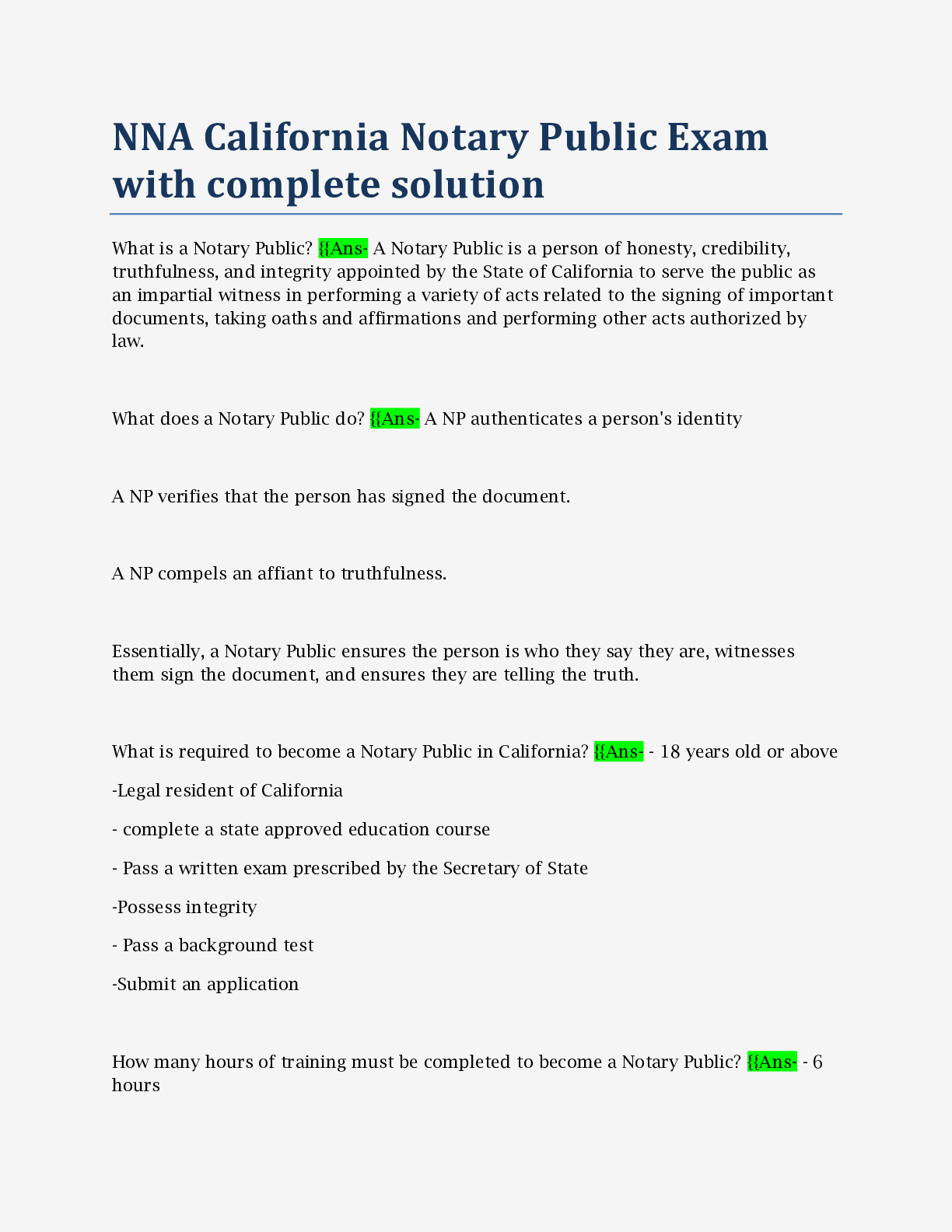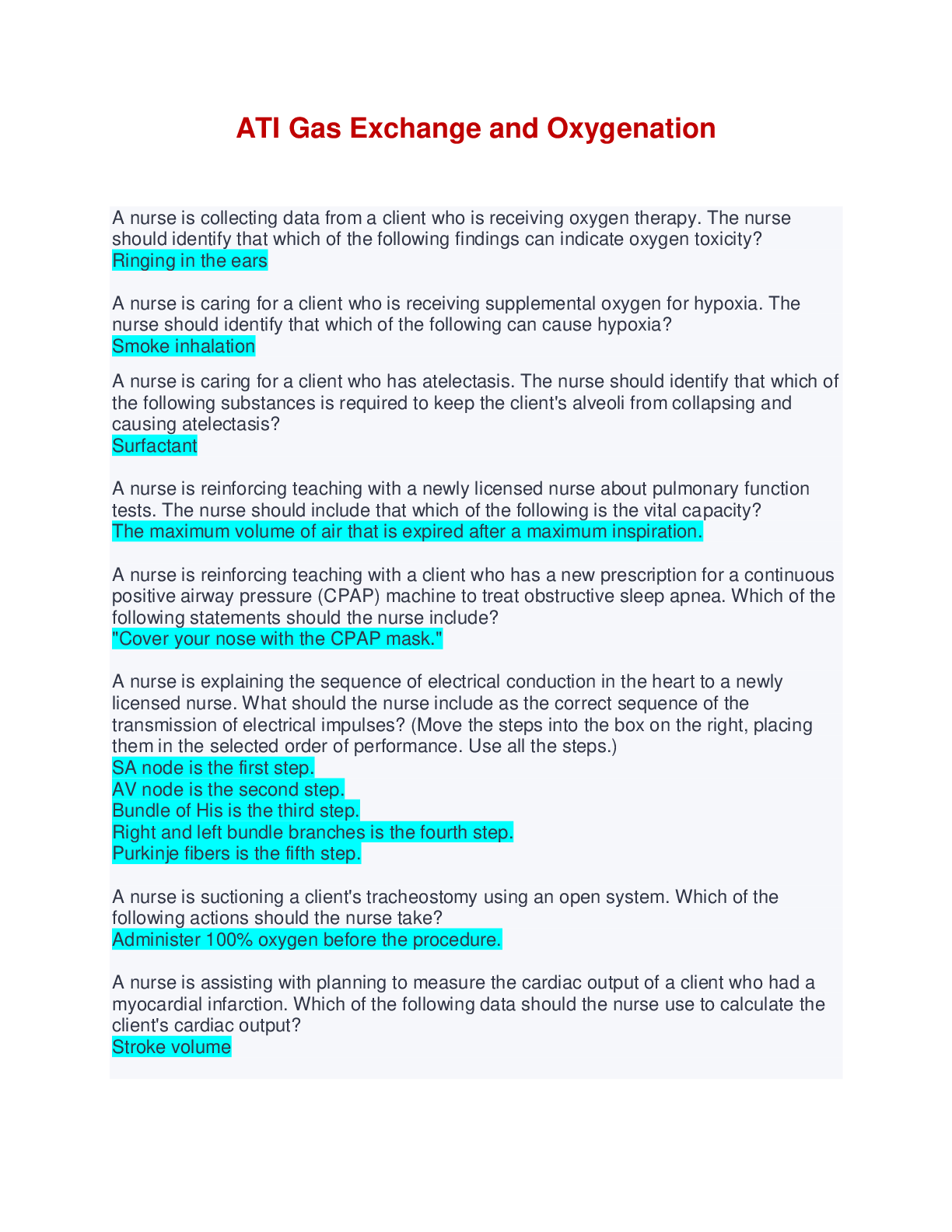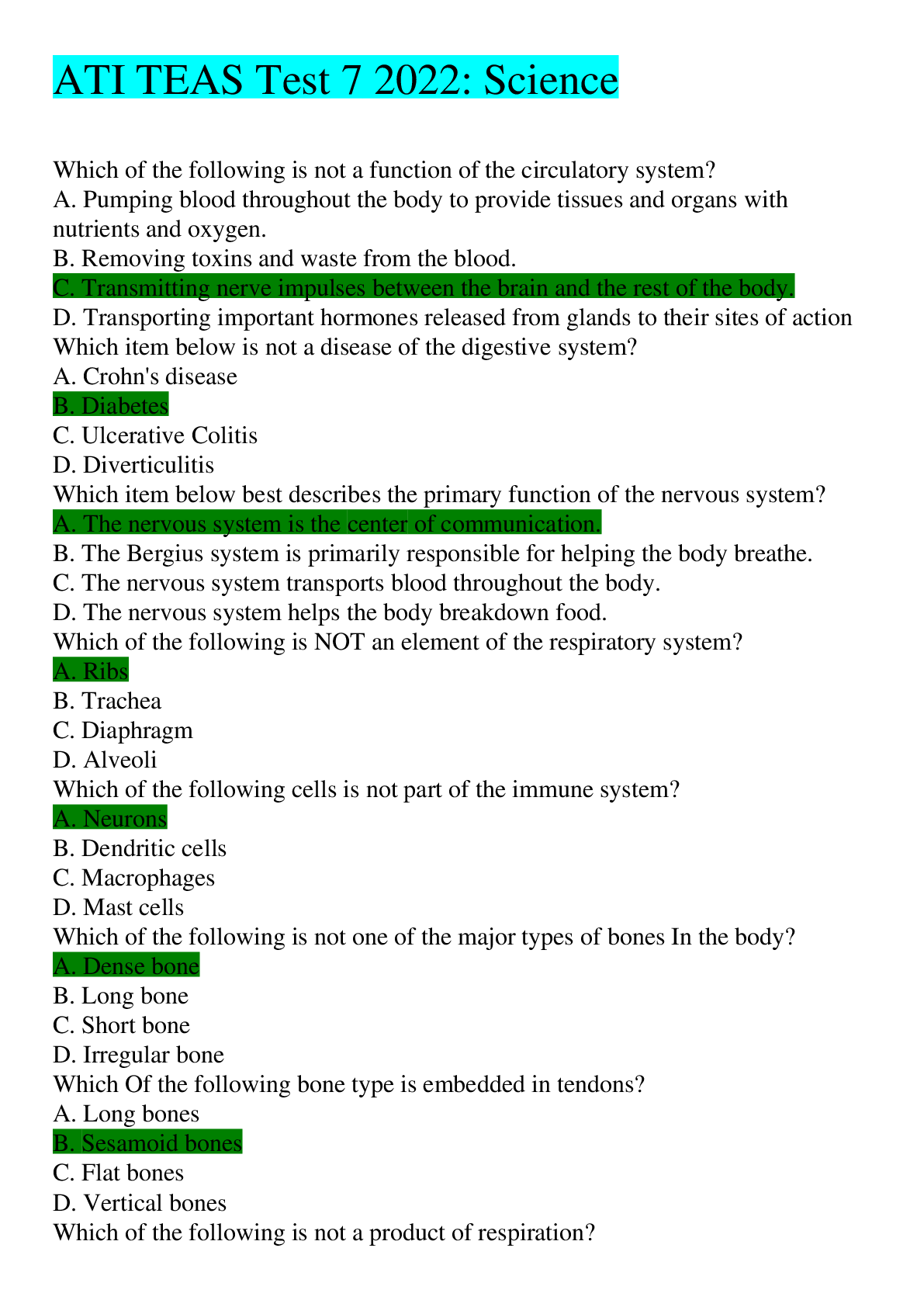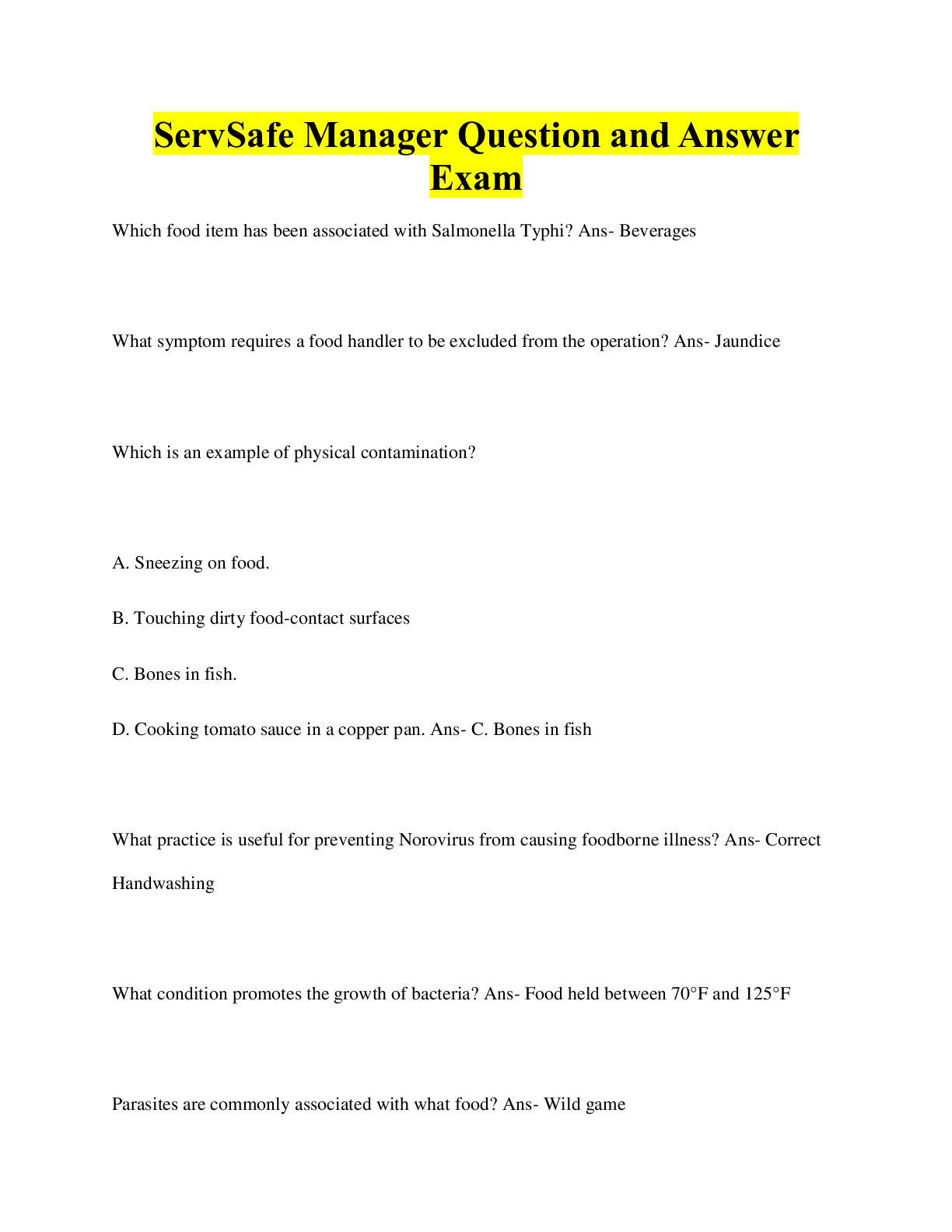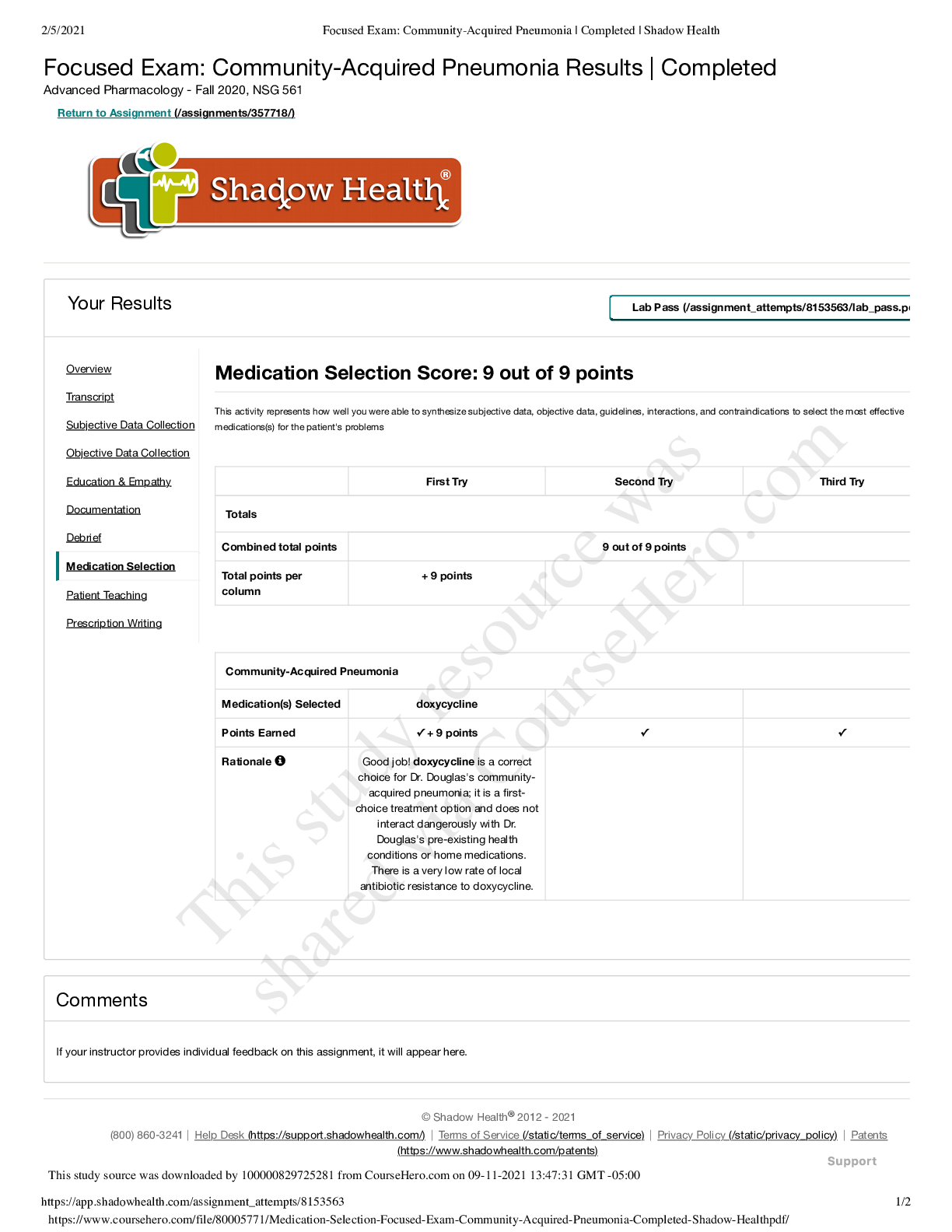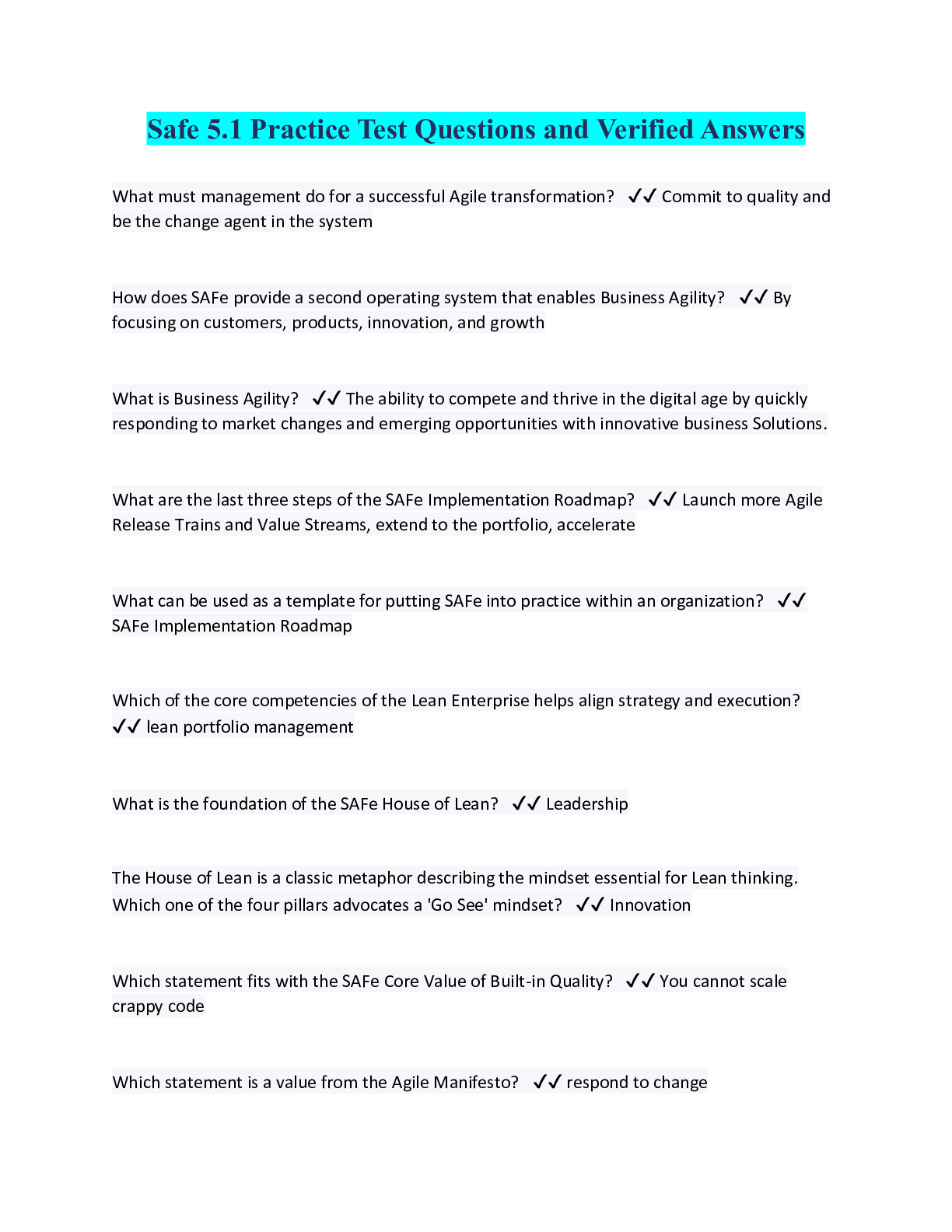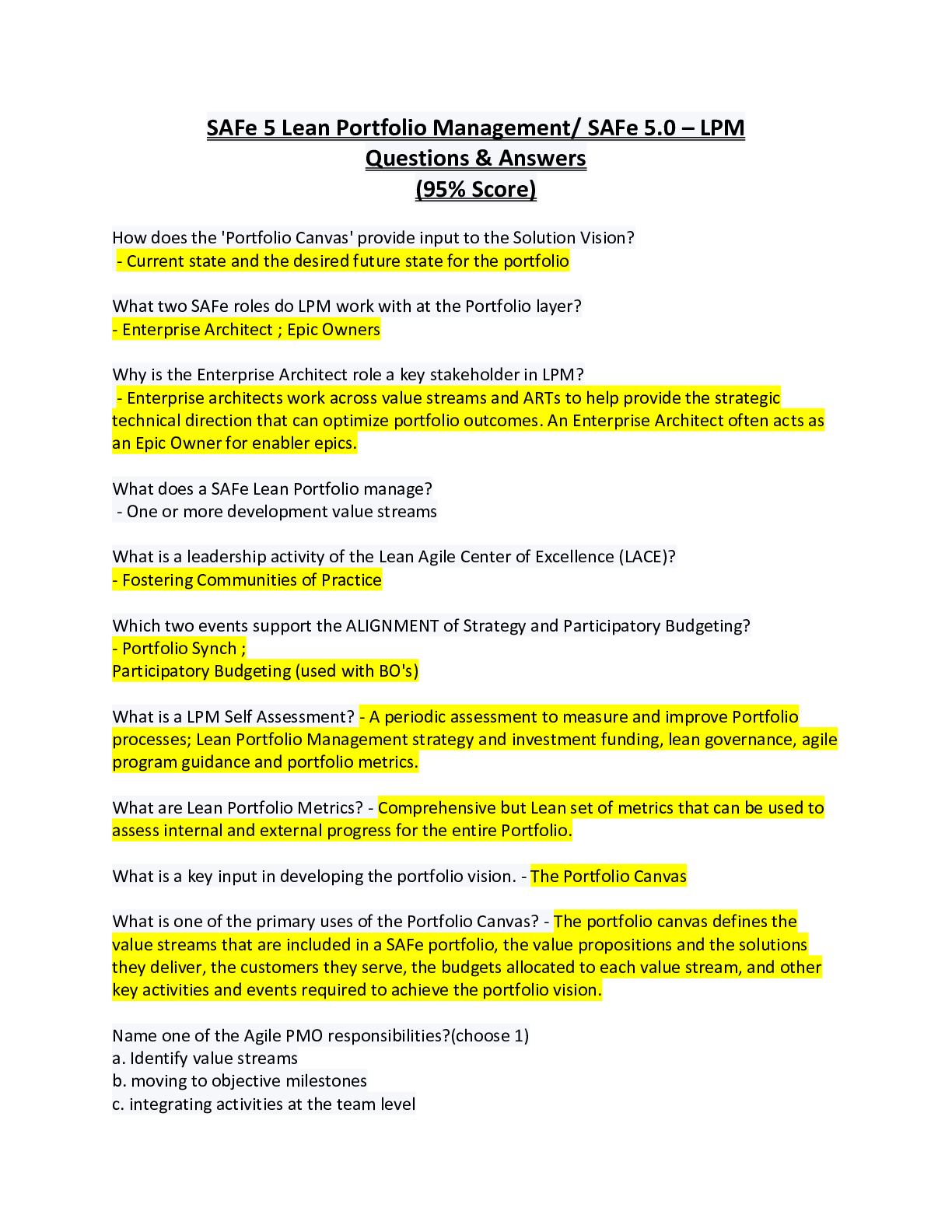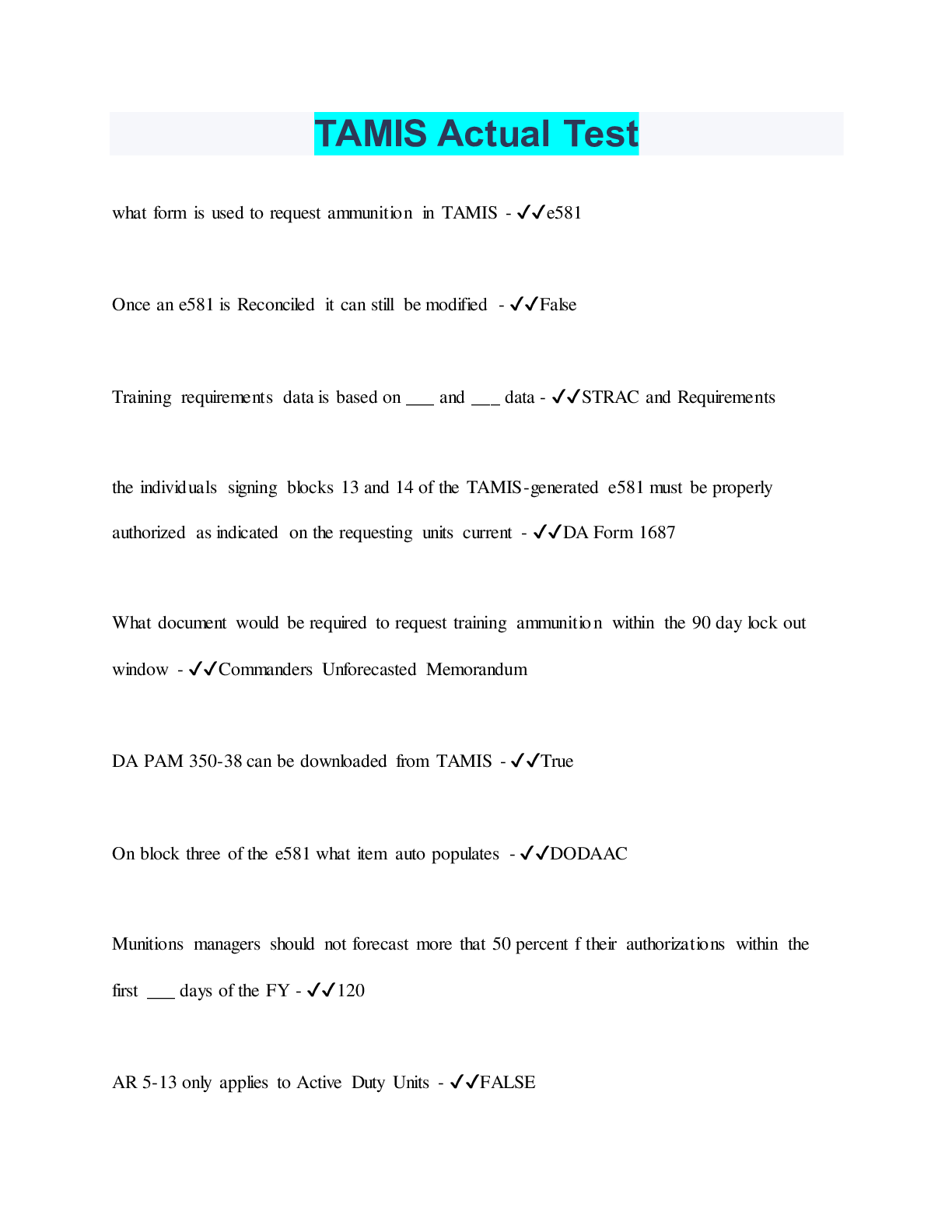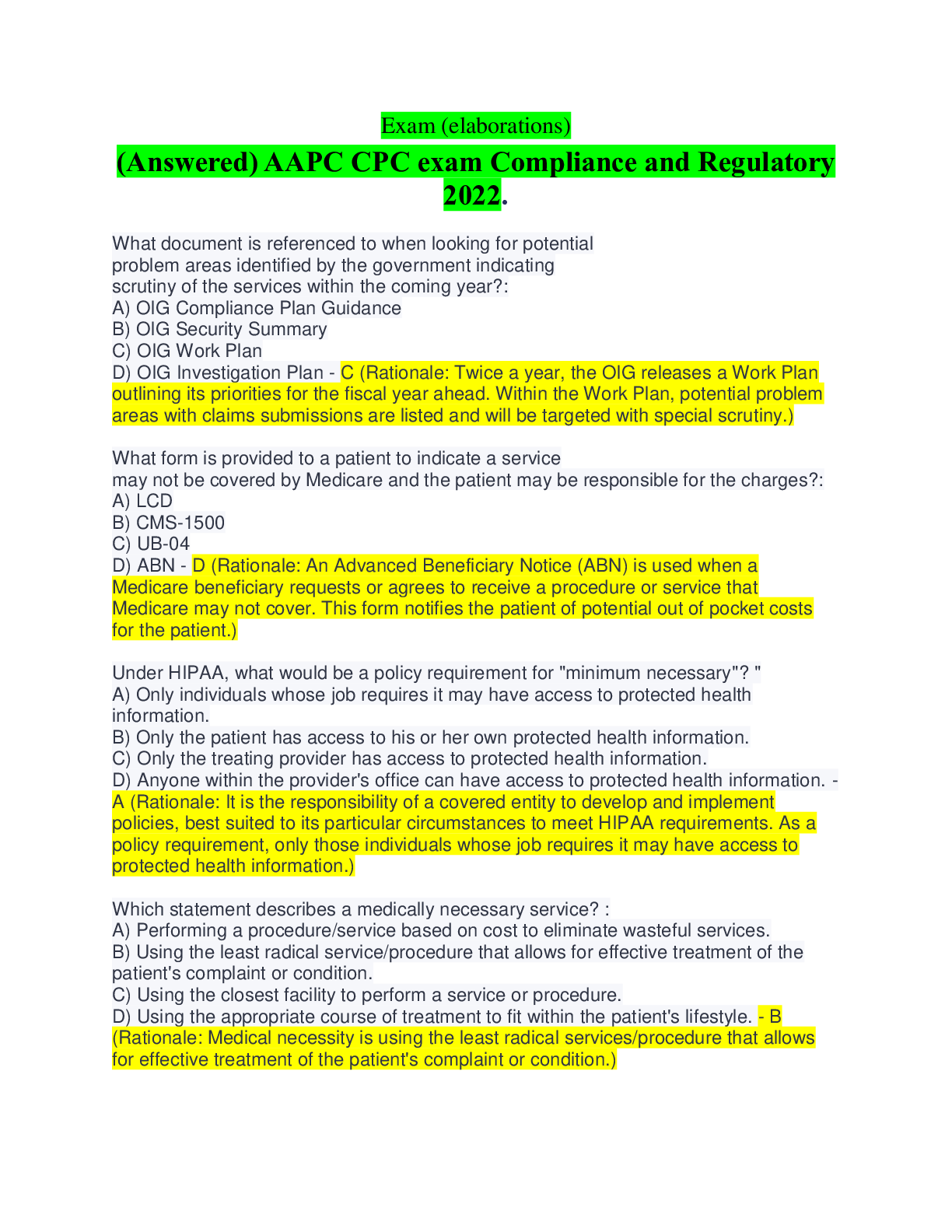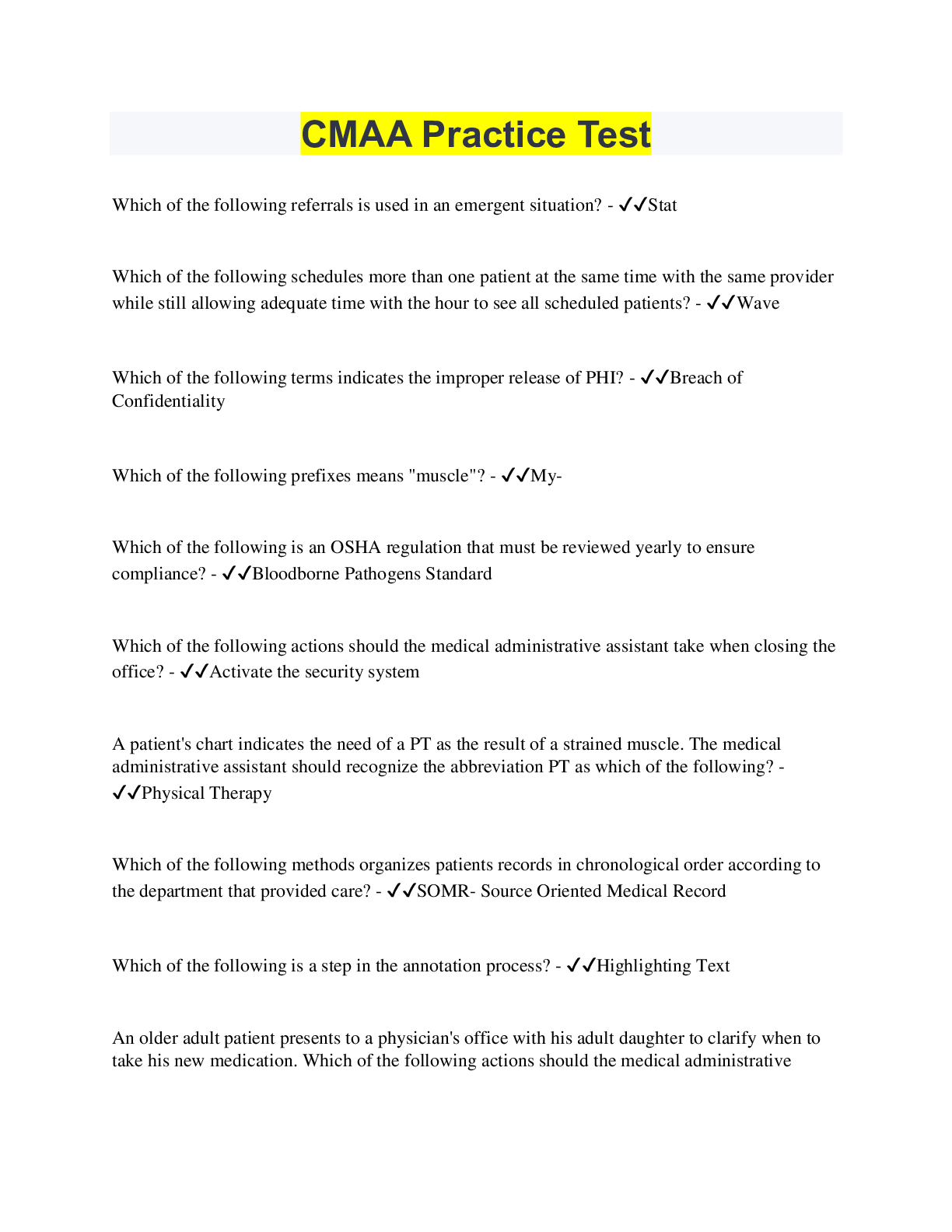Finance > EXAM > FSA3e Test Bank Mod06 081412. Module 6 Asset Recognition and Operating Assets (All)
FSA3e Test Bank Mod06 081412. Module 6 Asset Recognition and Operating Assets
Document Content and Description Below
Learning Objectives – coverage by question True/False Multiple Choice Exercises Problems Essays LO1 – Analyze accounting for accounts receivable and the importance of the allowance for uncoll... ectible accounts in determining profit. LO2 – Explain accounting for inventories and assess the effects on the balance sheet and income statement from different inventory costing methods LO3 – Analyze accounting for property, plant and equipment and explain the impacts on profit and cash flows from different depreciation methods Module 6: Asset Recognition and Operating Assets True/False Topic: Accounts Receivable LO: 1 1. Accounts receivables (net) reported in the current asset section of a company’s balance sheet represents the total amount owed by customers within the next year. Answer: False Rationale: A company makes two representations when reporting A/R in the balance sheet. The first being that it expects to collect the amount reported on the balance sheet. The second is that it expects to collect within the next year. The company may not expect to collect the total amount owed by customers, thus, the statement is incorrect. Topic: Collectibility of Accounts Receivable LO: 1 2. In order to report accounts receivable, net, companies estimate the amount they do not expect to collect from their credit customers. Answer: True Rationale: Companies must report the amount of accounts receivable that they expect to collect. To do this, they estimate the amount they expect to not collect. Topic: Income Shifting LO: 1 3. Overestimating the allowance for uncollectible accounts receivable can shift income from the current period into one or more future periods. Answer: True Rationale: By overestimating current accounts receivable provisions, current income decreases because expenses are increased. However, due to the overestimation, future year provisions will need to decrease to compensate, thus increasing future profitability. Income has been shifted to future periods from the present. Topic: Bad Debt Expense LO: 1 4. The financial statement effects for uncollectible accounts occur when the company writes off the account because that is when all the uncertainty is resolved. Answer: False Rationale: Under GAAP, costs relating to anticipated bad debts expense are matched with sales in the period that the sales are recognized. Upon write-off, both the receivable and the allowance account are reduced, leaving net receivables unchanged. ©Cambridge Business Publishers, 2013 6-2 Financial Statement Analysis & Valuation, 3rd EditionTopic: Manufacturing Costs in Inventory LO: 2 5. The three components of manufacturing costs are direct materials, direct labor, and manufacturing overhead. Answer: True Rationale: These three components make up the manufacturing cost for manufacturing companies. Topic: Inventory Costing and the Balance Sheet LO: 2 6. LIFO inventory costing yields more accurate reporting of the inventory balance on the balance sheet. Answer: False Rationale: LIFO assumes that the most recently purchased goods are sold, thus the cost of the oldest items remain in the inventory balance. Hence, the balance sheet reports inventories at less current costs. Topic: LIFO and FIFO Disclosures LO: 2 7. Companies using LIFO are required to disclose the amount at which inventory would have been reported had it used FIFO. Similarly, companies using FIFO are required to disclose what their inventory would have been if the company had used LIFO. Answer: False Rationale: Only the first sentence is true. The disclosure of the LIFO reserve is required for those companies using LIFO inventory costing. This disclosure allows analysts to adjust the balance sheet and income statement for LIFO effects when comparing LIFO and FIFO companies. Topic: FIFO Inventory Costing and Profit LO: 2 8. In general, in a period of falling prices, LIFO produces higher gross profits than FIFO. Answer: True Rationale: Gross profit is affected by the choice of inventory costing method. Specifically, in periods of rising costs and prices, FIFO produces higher gross profits then LIFO because lower- cost inventories (i.e., first inventories bought are first out) are matched against sales revenues at current market prices. The converse holds true in periods of falling prices. Topic: Inventory Turnover LO: 2 9. Increasing inventory turnover rate will improve profitability. Answer: False Rationale: Profitability depends on both turnover and profit margin on the inventory. A company could increase turnover by dropping prices to zero. Items would fly off the shelves, but that would mean no [Show More]
Last updated: 1 year ago
Preview 1 out of 45 pages
Instant download
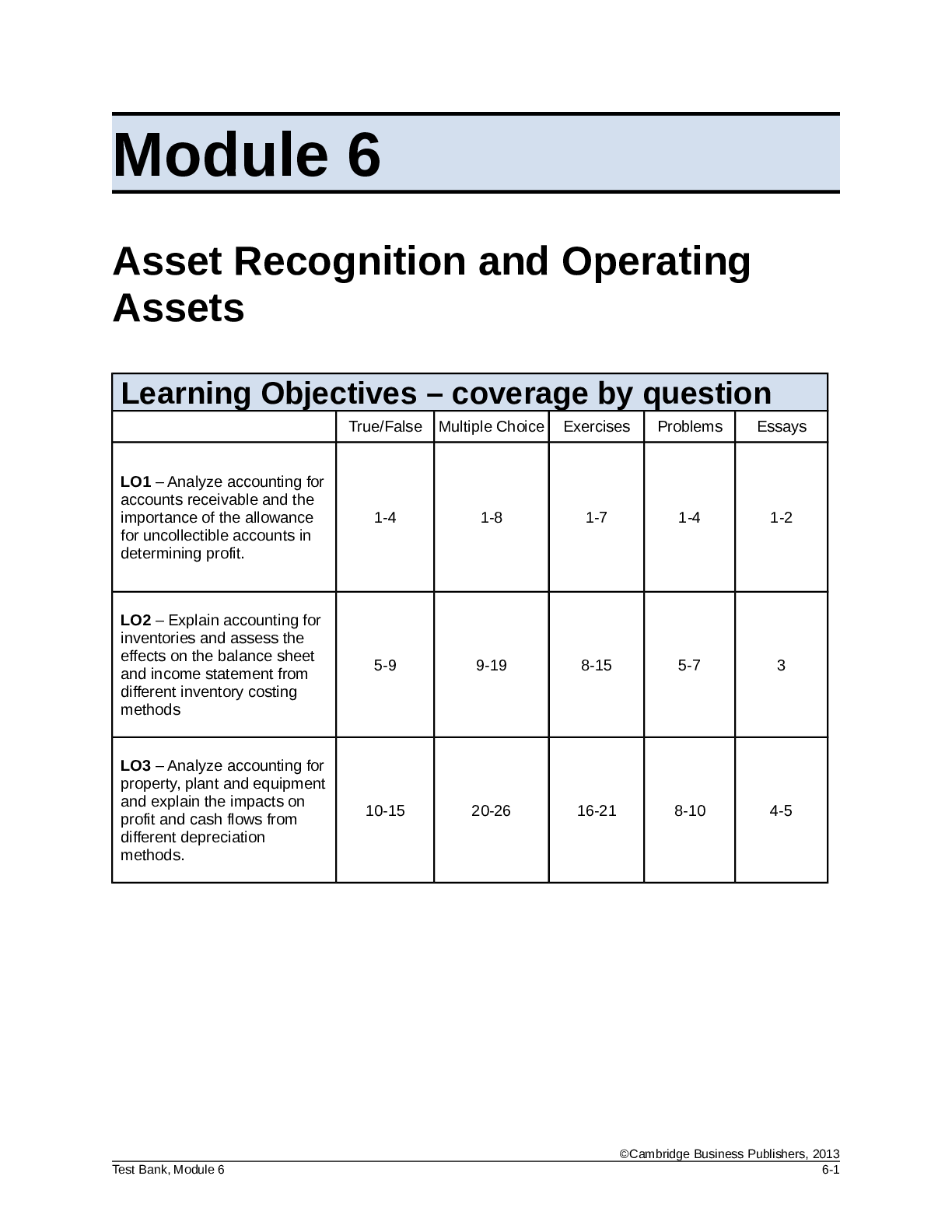
Instant download
Reviews( 0 )
Document information
Connected school, study & course
About the document
Uploaded On
Apr 30, 2022
Number of pages
45
Written in
Additional information
This document has been written for:
Uploaded
Apr 30, 2022
Downloads
0
Views
69


